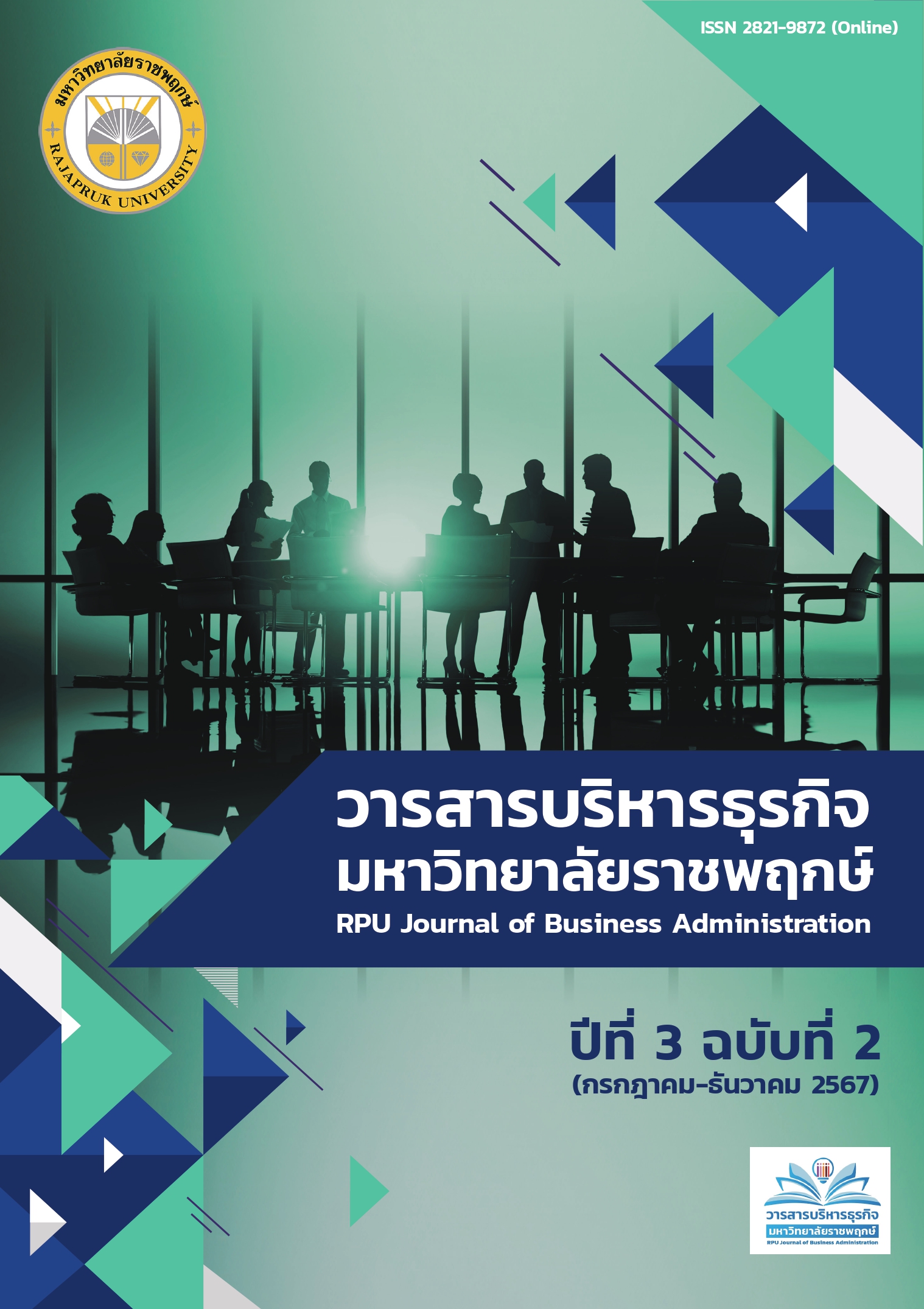The Study of Guideline for Reducing A4 Usage in the Government Housing Bank, SP.2 Division
Main Article Content
Abstract
The objective of this independent study is to examine the variables that impact the decrease of A4 paper usage and to identify methods for lowering A4 paper consumption in Department 2 (SP.2) of the Housing Bank. The research uses a mixed-methods approach, integrating quantitative data from 200 respondents who completed a questionnaire with qualitative data from 10 in-depth interviews. An analysis of multiple regression was performed at the statistically significant level of 0.05. According to demographic data, most respondents are female (62.50%), between the ages of 36 and 40 (33.50%), married (47.0%), have a bachelor's degree (75.00%), and have worked at a bank for six to ten years (33.50%). Furthermore, 51.50% of them work in the credit department, and 23.00% make less than 30,000 Baht each month. Positive perceptions and motivating elements predominate. there is broad consensus regarding the significance of cutting back on A4 paper usage in order to save money, protect the environment, and meet bank objectives. Workers view this project as an essential component of their duties. According to the investigation, a statistically significant correlation between situational conditions, success, and responsibility that affects employees' intentions to reduce the amount of A4 paper they use at the Government Housing Bank Department 2. The results of the interviews show that employees utilize paper in accordance with the tasks and responsibilities that have been assigned to them. This suggests that management should encourage the integration of information technology into day-to-day operations and set clear guidelines for cutting down on paper usage. Reducing paper use and overall operating expenses would be the outcome of such actions. The study concludes by highlighting the efficacy of methods to reduce A4 paper.


